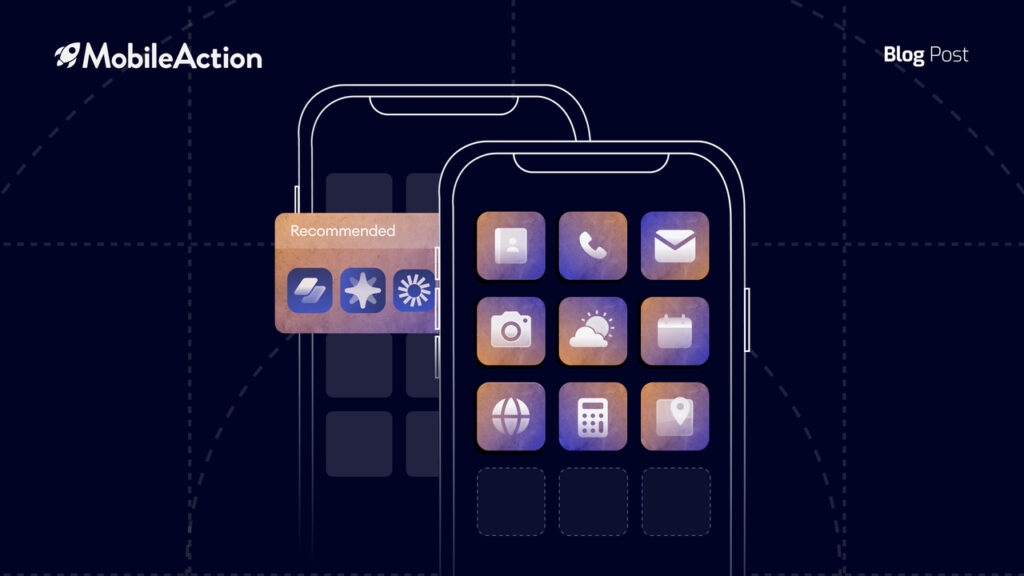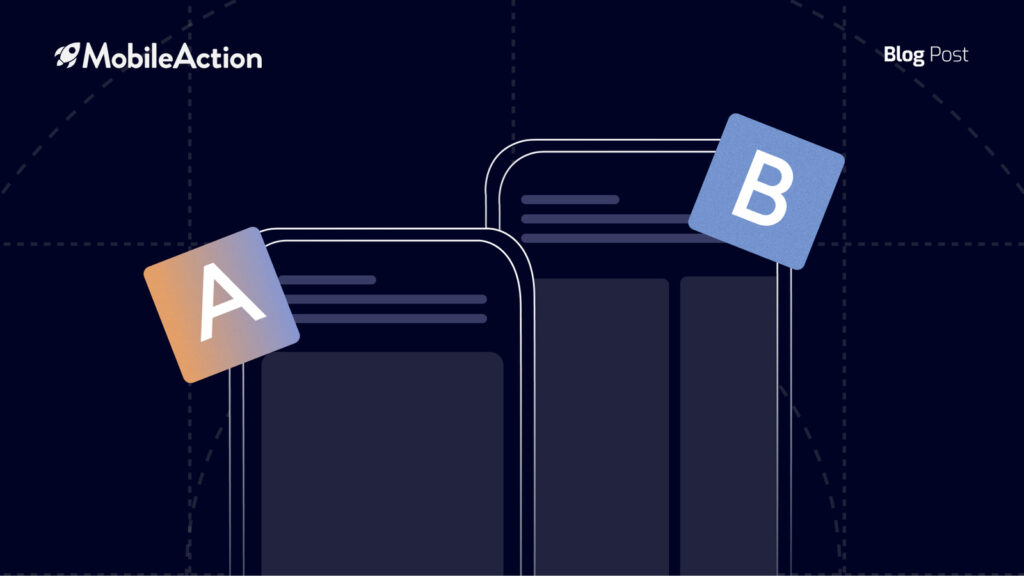If you’ve reached this year without taking advantage of influencer marketing for your app, it’s time to rethink your strategy.
Mobile apps are proliferating with no signs of slowing down, which means that your competition is becoming increasingly fierce. You could be tracking all the right app metrics, implementing the most savvy app store optimization strategies, and still find yourself struggling, simply because the market is so oversaturated.
To stand out in such a crowd, you need smarter marketing strategies.
Enter: influencer marketing.
What is Influencer Marketing?
Influencer marketing is a strategy that enlists individual “influencers” to promote your app to their social media (and sometimes blog/website) follower base.
Combining traditional word-of-mouth with newer platforms like Instagram, YouTube, and Snapchat, influencer marketing allows you to get in front of thousands or even millions of potential users who might never have seen your app otherwise.
In addition to reaching wider audiences, influencer marketing increases your credibility, since you have an actual person showcasing your app to followers who have already opted in.
Influencers are also able to include more elements of human-interest storytelling than would be possible in traditional paid advertising.
Sounds simple, right? When executed well, influencer marketing looks natural and seamless. But behind the scenes, it’s a bit more complex.
Before an influencer publishes that post that promotes your app, you must research and select the right influencers on the right platforms, build your relationship with them, develop a campaign, and set your goals.
Prior to getting started, you should understand some influencer app marketing best practices and get familiar with some successful influencer marketing campaigns.
Influencer Marketing Best Practices
While the social media landscape is ever-changing, there’s no need to completely reinvent the wheel when it comes to influencer marketing.
Follow these best practices to harness the power of influencer marketing.
Choosing the Right Influencers
Most likely, influencers are not going to come to you; you have to be proactive. Thankfully, there are a number of tools you can use to choose the right influencer for your app and your message. Here are just a few examples:
- Klout is a free platform (including their own mobile app) that measures influence in pre-defined categories. You can’t search free-form, but you can explore experts in multiple areas that relate to your app.
- Klear is a similar tool with a limited free version that allows you to search millions of potential influencer profiles across networks and categories.
- BuzzSumo is a content curation tool that you can use to find trending content. Searching terms related to your app and analyzing content that has been widely shared can uncover influencers in niche areas.
- Instagram, Twitter, Facebook, and YouTube searches can surface accounts and channels that you can reach out to for reviews and promotion.
As you’re identifying potential influencers using these tools, you also want to consider some factors like these:
- How many followers do they have, and what are their audience demographics? (Don’t discount those with perhaps a smaller reach, but a relevant niche and good engagement!)
- How engaged are their followers–do the numbers of likes, comments, and shares seem to correspond to the total audience?
- How active are the influencers at posting on their channel? Do they post in multiple places?
- Does the influencer have previous examples of working with brands? Mobile apps specifically? How well have their past campaigns performed?
Choosing the Right Platforms
Unfortunately there aren’t many quick and easy tools to follow this best practice, but it’s still an important one: pick the right platform for your influencer marketing campaign.
The right platform, whether it’s Twitter, Snapchat, or the next hot thing, is the one that fits your users’ preferences and tendencies. Determine where your app users already are and select individuals who are influential on those platforms.
Planning a Campaign That Works
As much or even more so than other marketing campaigns you’ll run, plan your influencer marketing campaign carefully. No matter what, you’re giving up the reins to another person who doesn’t have as much stake in your success as you do.
Proper preparation and results tracking is key.
Once you’ve identified some potential influencers, reach out on social media or through their blog/website. Some influencers get innumerable pitches, so your chances for success are better if you’re clear and genuine. That also sets the tone for good communication and trust throughout your relationship with the influencer.
While some new or up-and-coming influencers will give you a shout out for free, often you will be asked for compensation. Influencers are essentially online marketing consultants, and many treat their social media platforms as a kind of business. If you’re unable or unwilling to pay for your influencer marketing campaign, be up front about it. If you will pay, work with the influencer to determine rates that work for you both.
Now let’s look at some influencer marketing examples and how some brands used this type of marketing to boost their apps’ success.
Successful Influencer Marketing Case Study: Audible
Audible is an Amazon company that produces audiobooks for iPhone, Android, Kindle, and other devices. In 2015, Audible used the immense popularity of YouTube to reach a wide variety of audiences across different demographics, promoting their brand and monthly membership service.
You can read more here.
Why it worked:
- The campaign targeted existing YouTube stars with engaged, trusting audiences.
- Influencers incorporated Audible promotion into creative content and stories.
- Audible provided their influencers with unique links so users can download their first audiobook free, increasing conversion.
Successful Influencer Marketing Case Study: Hotel Tonight
Hotel Tonight is an app that lets users book last minute deals on hotels. In an already-saturated travel category, they used influencer marketing to stand out, targeting bloggers on NYC-based lifestyle, culture, and wedding sites to drive app downloads and bookings.
Learn more about the campaign here.
Why it worked:
- Hotel Tonight focused their fixed budget in a targeted demographic (potential users in the Tri-State area).
- Influencers included bloggers of many sizes across different content types, e.g. informational stories and personal narratives.
- Special promo codes were used to track bookings per specific blogger.
Successful Influencer Marketing Case Study: Bejeweled
Gem-matching mobile game Bejeweled leveraged the power of influencer marketing on YouTube and Instagram to build brand awareness, increase downloads of the game, and rise in app store rankings. This was accomplished using a combination of sponsored YouTube short videos and branded Instagram shares.
Learn more here.
Why it worked:
- The Bejeweled team created videos like this one with popular YouTube stars to kick off the campaign.
- Instagram influencers used the branded hashtag #shinyplace to promote Bejeweled with a consistent message: use the game to take an enjoyable break.
Conclusion
Though popular platforms shift and mobile technology changes, influencer marketing is here to stay. Even if you don’t have a huge budget, you can take advantage of influencer marketing to promote your mobile app in a strategic way.
Partnering with the right influencer will lend credibility and reach new audiences, and you can reap the benefits in the form of increased awareness and downloads.
Recommended Article:
 About the Author
About the Author
Rachel Wilson is a writer, marketer, and content creator living in NYC. She’s worked for technology companies like BetterCloud and Microsoft, and believes her English degree prepared her to write about pretty much anything. She misses the ocean and the mountains of the Pacific Northwest but can’t give up New York pizza.

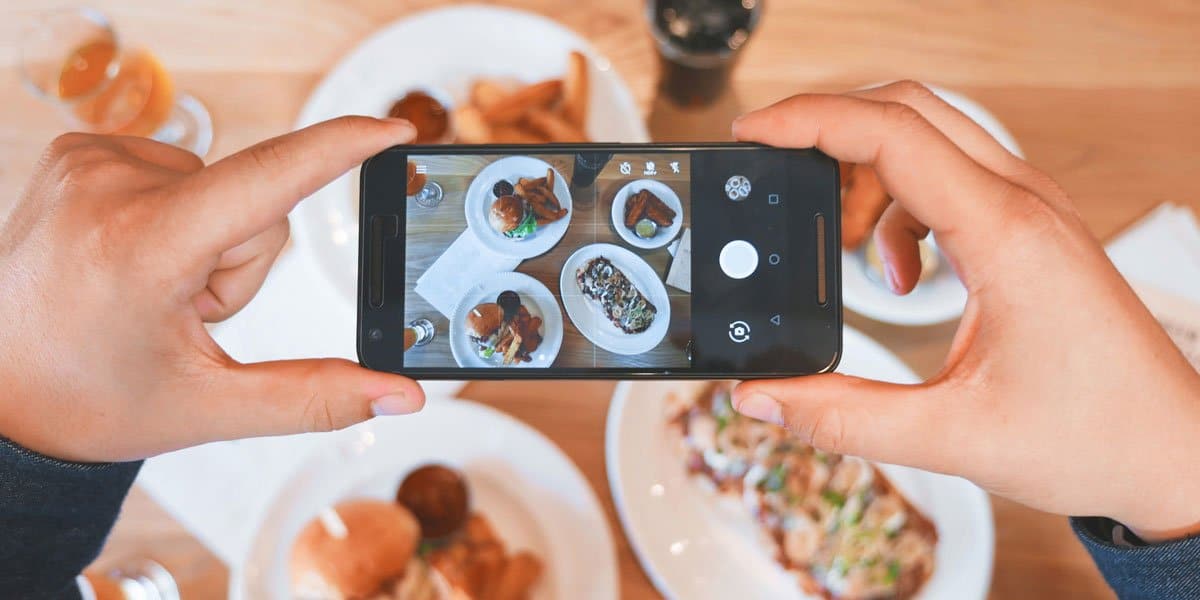
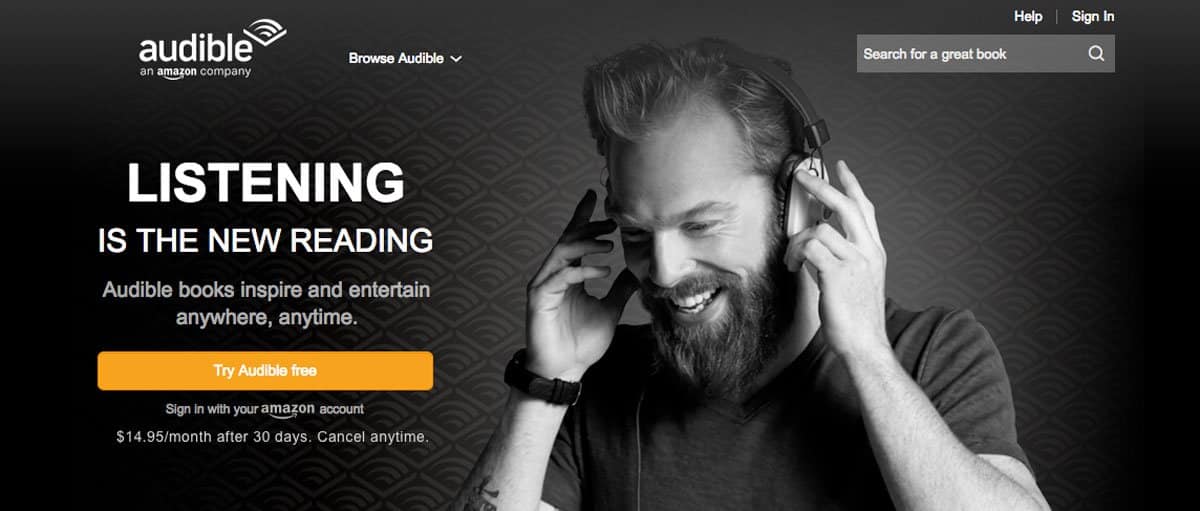
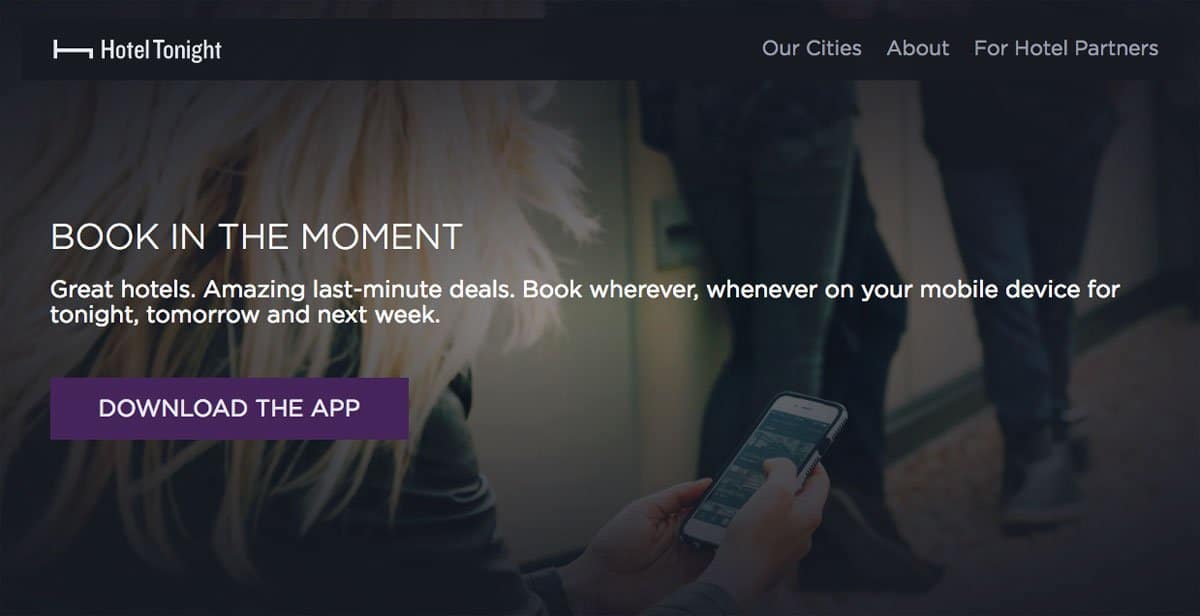
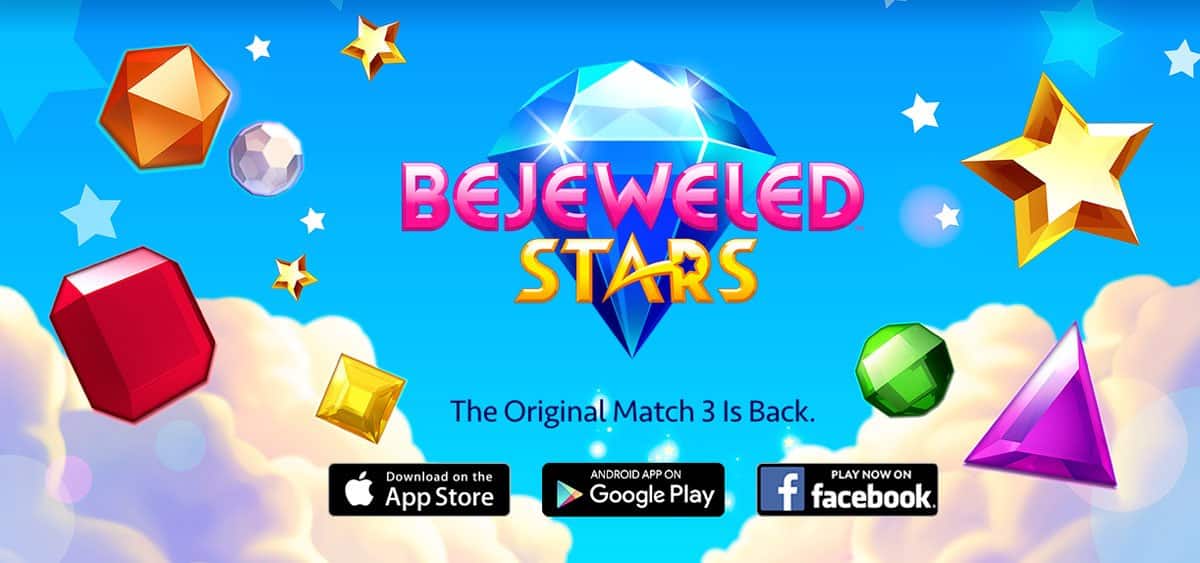
 About the Author
About the Author